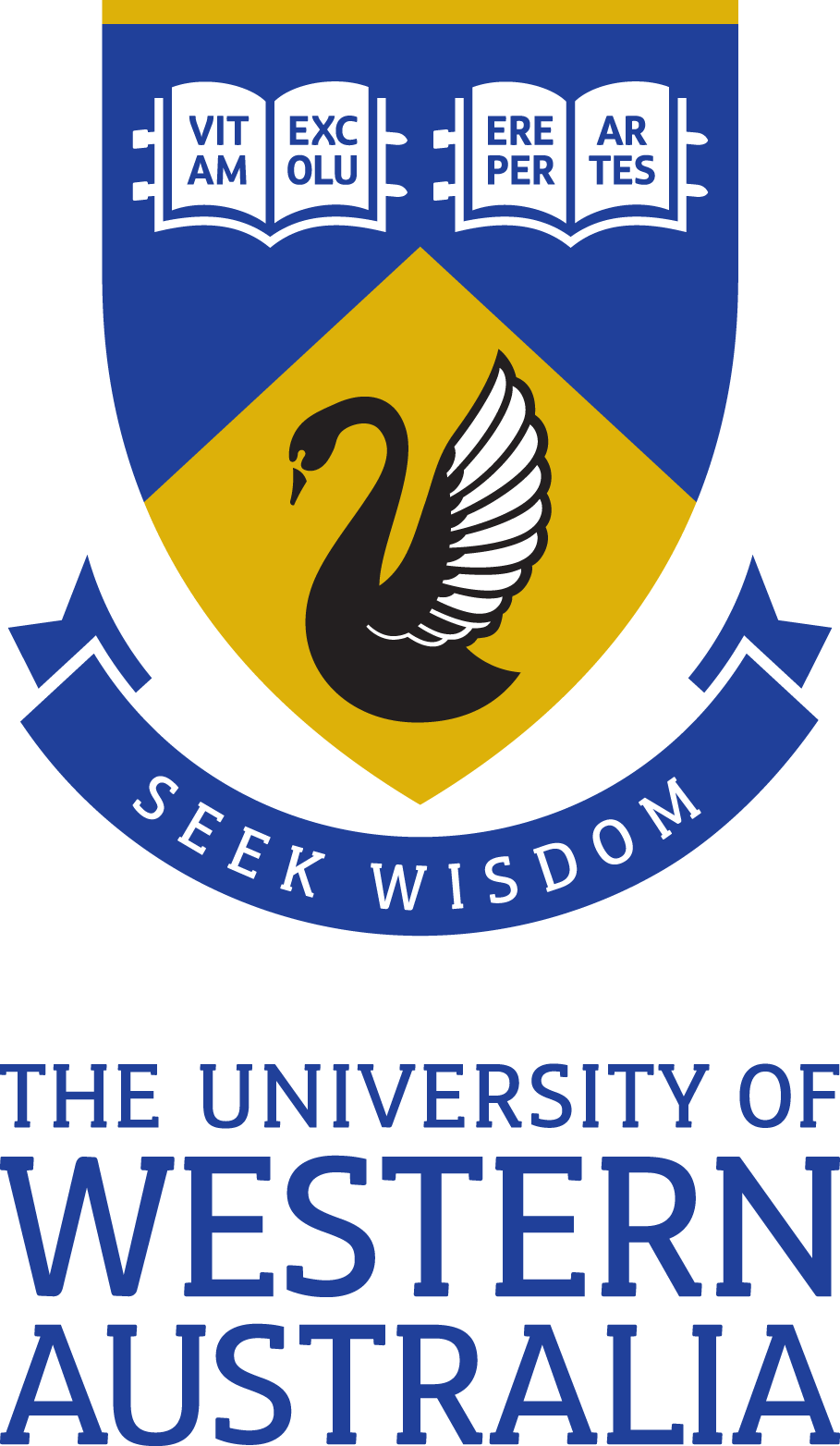Full description
We present a Mathematica package, QSWalk, to simulate the time evaluation of Quantum Stochastic Walks (QSWs) on arbitrary directed and weighted graphs. QSWs are a generalization of continuous time quantum walks that incorporate both coherent and incoherent dynamics and as such, include both quantum walks and classical random walks as special cases. The incoherent component allows for quantum walks along directed graph edges. The dynamics of QSWs are expressed using the Lindblad formalism, originally developed for open quantum systems, which frames the problem in the language of density matrices. For a QSW on a graph of N vertices, we have a sparse superoperator in an N^2-dimensional space, which can be solved efficiently using the built-in MatrixExp function in Mathematica. We illustrate the use of the QSWalk package through several example case studies.Notes
Associated PersonsJeremy Rodriguez (Contributor)
Issued: 2017-05-01
Subjects
User Contributed Tags
Login to tag this record with meaningful keywords to make it easier to discover
Identifiers
- DOI : 10.17632/8RWD3J9ZHK.1

- global : 5e66a437-68b3-42e6-a1fc-f20b05d4b289


